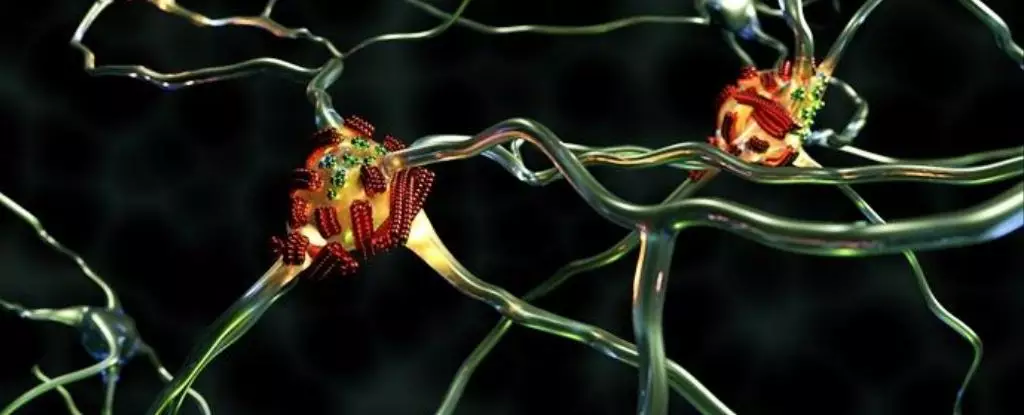Alzheimer’s disease remains one of the most enigmatic and challenging conditions facing modern medicine. While its effects are keenly felt, particularly in the sphere of cognitive decline, the underlying mechanisms continue to elude researchers. A recent study sheds light on the behavior of amyloid beta proteins, particularly a subset termed ‘superspreaders,’ which appear to facilitate the rapid aggregation of these proteins in brain tissue. This article aims to analyze and synthesize the information gleaned from current research on this topic while exploring the implications of such findings for future understanding and treatment of Alzheimer’s disease.
Amyloid beta proteins have long been at the center of Alzheimer’s research, and their role in the disease’s progression is a matter of intense scrutiny. Traditionally, these proteins were viewed primarily as harmful agents due to their tendency to clump together, forming plaques that disrupt neural function. However, as studies evolve, a critical question remains: Are amyloid beta plaques a cause of Alzheimer’s, or do they serve as a byproduct of the disease’s progression? Some research suggests that while these plaques themselves may not directly damage neurons, the molecular environment and associated changes could herald more insidious underlying issues. Thus, understanding the nuanced roles of these proteins is paramount for future intervention strategies.
In the recent analysis conducted by researchers at EMPA alongside the University of Limerick, a novel class of amyloid beta proteins was identified. The investigation utilized advanced imaging techniques that allowed scientists to observe the formation of fibrils—a long-stranded assembly of amyloid beta proteins—under conditions mirroring the brain’s natural environment. This was a pivotal shift from traditional laboratory conditions that may distort the characteristics and behavior of these proteins.
The groundbreaking findings reveal that a particular variant, amyloid beta 42, has higher catalytic activity, contributing to its designation as a ‘superspreader.’ These superspreaders appear to initiate additional protein aggregation at a significantly faster rate compared to their less reactive counterparts. Understanding how these superspreaders initiate rapid fibril elongation is essential, as it may uncover ways to impede their growth, potentially stymying the advance of Alzheimer’s disease.
Though our understanding of the direct neurotoxic effects of amyloid beta proteins remains fraught with uncertainty, there is a growing consensus that tackling their aggregation could yield therapeutic benefits. The identification of superspreaders opens doors for novel research avenues aimed at targeting or regulating these culprits. If scientists can uncover the precise chemical properties that enable amyloid beta 42 to act as a superspreader, this could lead to groundbreaking therapies designed to inhibit such behaviors, altering the trajectory of the disease before symptoms manifest severely.
Additionally, researchers should consider exploring other theories and models of Alzheimer’s pathology that have emerged in recent years. Some studies suggest an autoimmune component to the disease, indicating a broader spectrum of biological processes that could contribute to neurodegeneration. Continued interdisciplinary exploration, blending insights from neurology, immunology, and molecular biology, would create a more holistic view of Alzheimer’s.
The complexity of Alzheimer’s disease necessitates a multifaceted research approach encompassing both the biochemical activities of amyloid beta proteins and the broader mechanisms contributing to neurodegeneration. The insights into amyloid beta superspreaders represent a critical advancement in our understanding, but they also highlight the intricate interactions at play in this debilitating condition. Further investigation is vital, not only to clarify the ambiguous role of amyloid beta in neuron health but also to explore additional pathways that may be equally influential in Alzheimer’s progression. As research continues to evolve, the hope remains that such efforts will translate into effective treatments, ultimately changing the landscape of care for millions affected by Alzheimer’s.


Leave a Reply